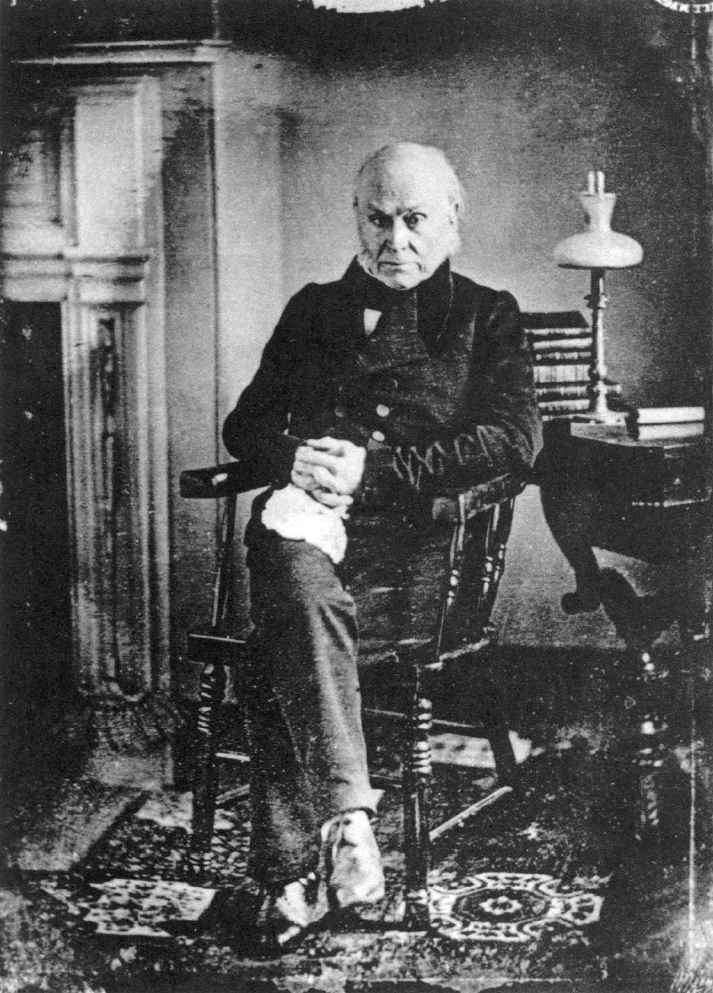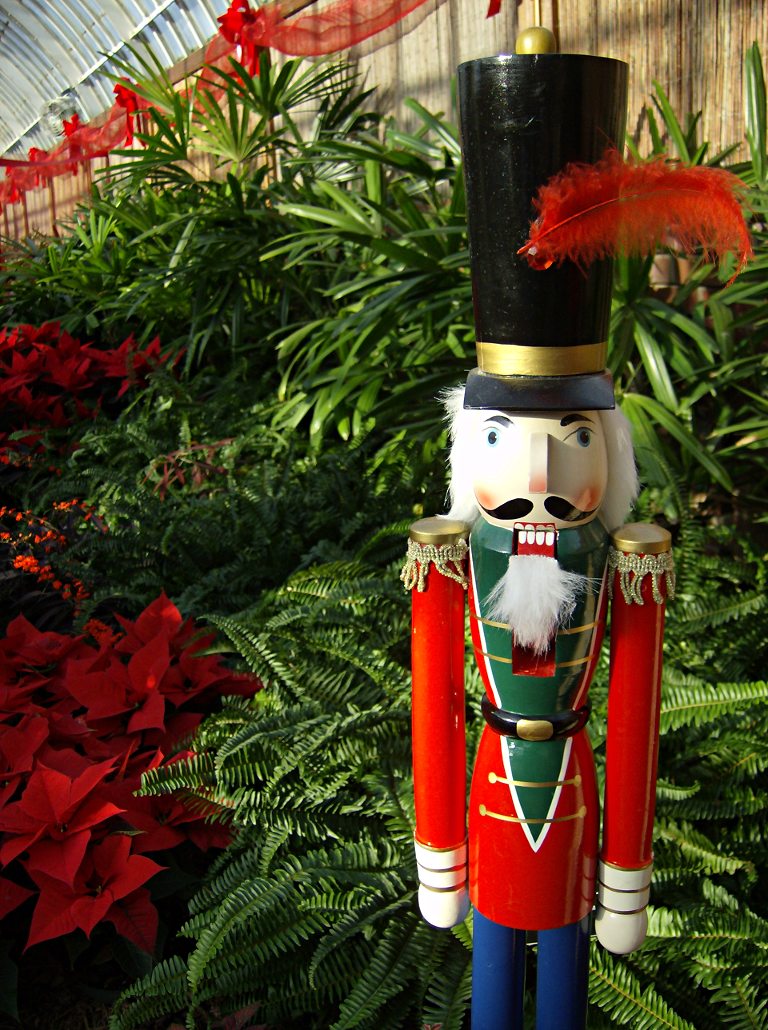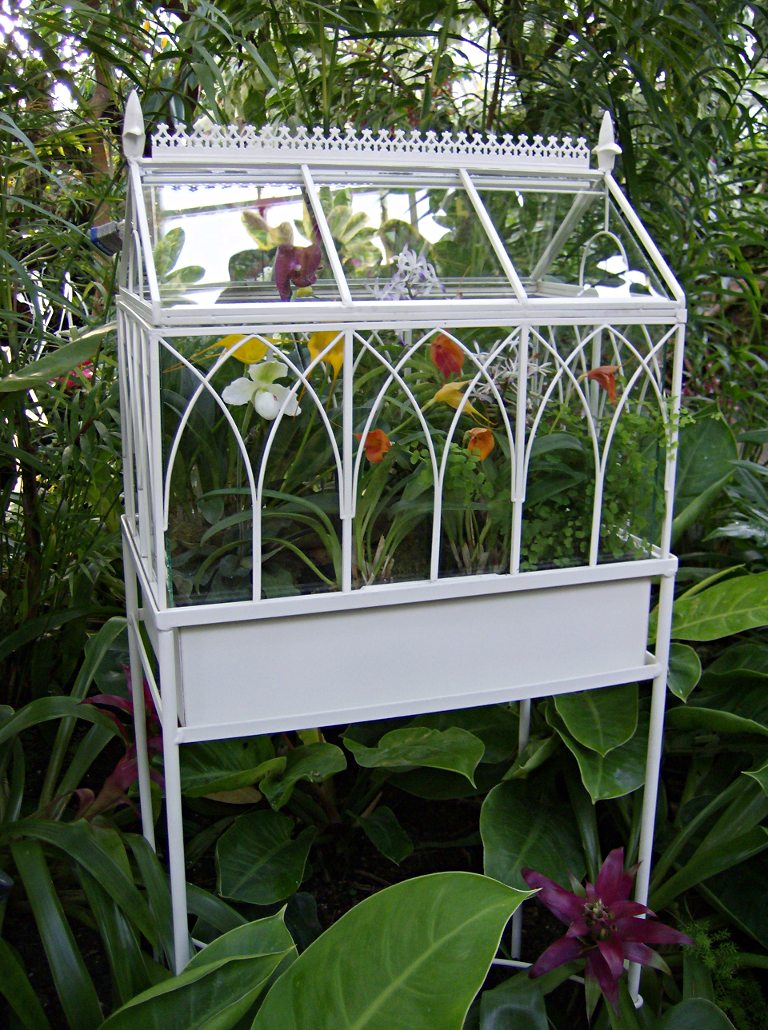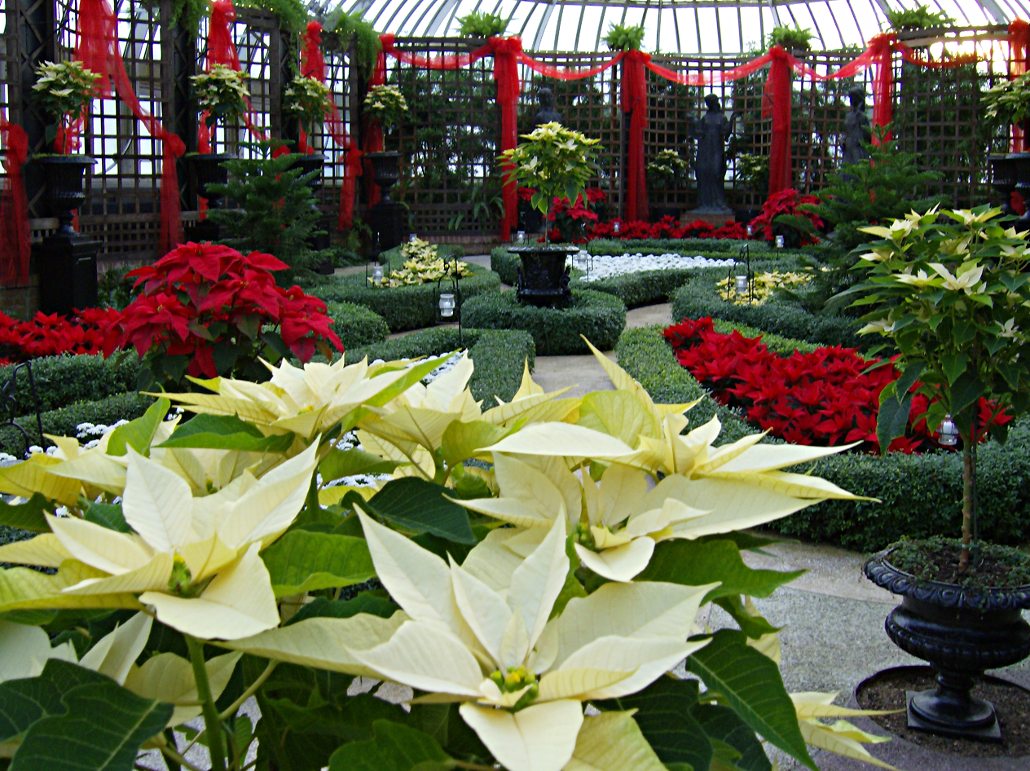The new subway line to the North Side is rolling, and the stations are beautiful and functional. We begin with the wonderfully airy new Gateway station, which is flooded with natural light from the glassy superstructure above.
The mural “Pittsburgh Recollections” by Romare Bearden has been removed from the old Gateway Center station and reinstalled here at Gateway.
The old Gateway Center still survives as a ghost station; watch carefully for it between Wood Street and Gateway. Its name also survives in a curious way; it sounds as though the original recorded station announcement has been clumsily edited. As you come up on the new Gateway station, you hear a voice saying, “Approaching Gateway Ce—.” [UPDATE: This voice announcement has since been re-recorded without the ghostly sibilant.]

























